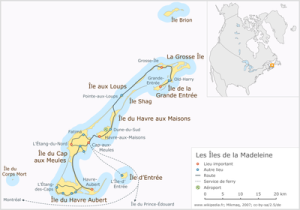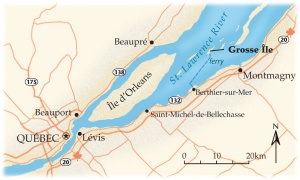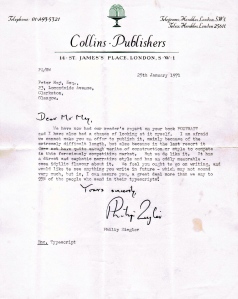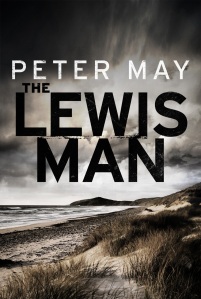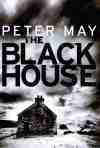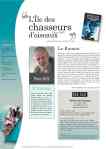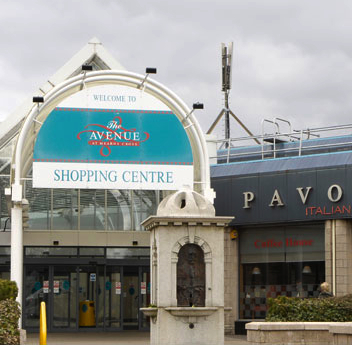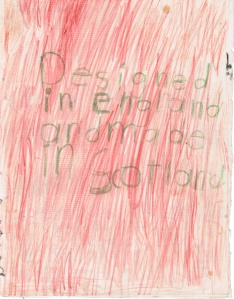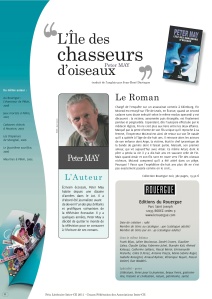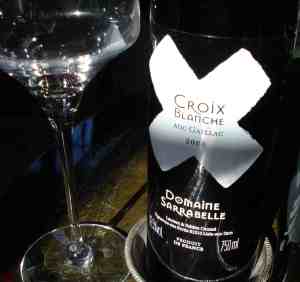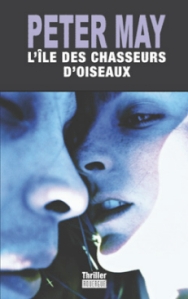I’m delighted that Quercus’ new imprint riverrun is bringing my series of six China thrillers back into print. The books were first published between 1999 and 2004 and the background to the books charts the extraordinary changes that took place in the country as it opened up to financial partnerships with the west.
My interest in China goes back a long way. My first visit to the People’s Republic was pure chance. I was in Hong Kong researching another book which was going to be set in South-East Asia, and my hotel was advertising a one-day trip to Shenzhen in southern China. I jumped at the chance.
We went by train and by coach, and when we stepped off the bus in Shenzhen itself it was as if we had arrived on another planet. It was 1983, just a handful of years after the end of the Cultural Revolution, and very little had changed since the Communists took power in 1949. The streets were jammed with bicycles, and everyone still wore their blue Mao suits. Little old ladies hobbled around on bound feet – a horrible hangover from the days of Imperial China.
The open air markets were like mediaeval street scenes, animals being hacked up on long wooden tables with huge bloodied choppers, bone and fur and flesh everywhere. Westerners were an irresistible curiosity. Almost nobody had a television set, and the country had been closed to the outside world for decades. And if I thought the Chinese were strange, they thought I was even stranger. There I was, six feet-two, blond hair, ginger beard, a completely alien sight on the streets of China. And huge crowds of people simply followed me around, staring open-mouthed.
I had an extraordinary sense of having arrived somewhere special, a society preserved as in aspic, and I knew immediately that I wanted to write about it.
I went away and spent the next eight years reading everything I could about the country – its history, its politics, its culture, its cuisine – and watched with the rest of the world as the horrors of Tiananmen Square unravelled before me on my television screen in 1989.
In 1991 I returned, this time in search of a story. I went to Beijing on a tourist visa, but spent my days and nights exploring the city, talking to people, getting a sense of the place. Although the new, modern Beijing, under Deng Xiaopeng, was already springing up around me, it still felt hugely alien. No one spoke English. Street signs, menus, shop names, maps, everything was written in Chinese characters. Even the Pinyin romanisation of Chinese was rare.
At that time they had built six ring roads around the city, all of which were eerily empty. Vast bike lanes flowed with a stream of blue-suited, black-haired humanity, and people still gawped at us everywhere we went.
I befriended a tour guide who was eager to talk to me about the events in Tiananmen Square two years before. One night he took us to his home at the end of a line of squat, concrete pillboxes in a dark, unlit alley. He, his wife, their baby, and their babysitter (a peasant girl from the country), lived in one tiny room that contained two beds, a table, a couple of armchairs and a huge television set. The kitchen was a concrete cubicle barely big enough to turn around in. An outside toilet was shared with the other residents of the block.
He showed us illicit video taken during the Tiananmen Square protests, and warned us to be careful when we left, because the Street Committee would be watching us. We rode back through the city well after midnight in an almost empty bus, the only other passengers on it with their eyes fixed on us.
I had thought that my story might revolve around events before, after or during the events of June 1989, and arranged by telephone to visit the offices of CNN in Wangfujing Street to see their archive of unbroadcast footage taken in and around the square. As it happened, there was a power cut (there were many in Beijing in those days), and when I reached the block where CNN had their offices on the fourth floor, the elevator was not available and I had to walk up.
When I got there the office was empty, except for bureau chief Mike Chinoy and an assistant provided by the Chinese government. But, of course, without power it was impossible to view the footage, and although I was able to sit and chat to Mike about the events of two years before, I always wondered if it was more than coincidence that prevented me from seeing that video.
I left Beijing empty-handed on that trip, but had learned a great deal, and was even more determined to use China as a setting for my next book. No one had set a crime thriller in Beijing at that point, just as no one had used Moscow as a setting before Gorky Park. I was absolutely intent on being the first to do it in China.
In the end, it was another six years before I returned. But this time I had a story, and a precious introduction to the Chinese police from a man revered by the country’s top cops.
The late Dr. Richard Ward, was an American criminologist who started life as a detective in the New York City police department. Sickened by the corruption he encountered on a daily basis, he quit to enrol at university and take a degree in criminology. His rise to acclaim by the international justice community followed quickly. He became the vice-chancellor of the University of Illinois in Chicago, where he set up an organisation called the Office of International Criminal Justice (OICJ), which brought police departments around the world together in an exchange of methods and information.
Then during the 1990s he spent several years in Shanghai training the top five hundred Chinese police officers in the latest Western policing techniques, and became a legend in the Chinese police.
Dick was my starting point when I began research on what was to become The Firemaker. I knew what my story would be, and that my two central characters would be a Beijing cop and an American female pathologist. I had already found technical advisors on pathology, and genetics (the subject of my story). But getting even a foothold on the steep learning curve that would be required to write authoritatively about the Chinese police was proving next to impossible. There was simply no information about their structure or methods anywhere, not in libraries or bookstores, nor on an internet then still in its infancy.
A contact put me in touch with Dr. Ward, and I wrote and asked if he would help me. He suggested we meet. He was giving a speech in Paris at a conference on international terrorism, and I was in France at the time. So we met for dinner in the French capital. I think, during that meal, I must have passed some kind of invisible litmus test, because texts, phone calls and emails then began flooding out of Dick’s office in Chicago to the Chinese capital. And when I arrived on that first research trip in June 1997, the doors to the Chinese police – normally firmly closed to foreigners – were thrown wide open for me.
I was the first Western writer to get this kind of access, taken under the wing of the Beijing police and admitted into an arcane world of oriental policing, unusual in its embrace of both ancient and traditional Chinese methods, and the very latest international forensic and computing techniques. During the next seven years, during frequent trips back and forth to China, I was given privileged insights into the workings of police departments in Beijing and Shanghai, allowed access to forensics and pathology facilities in both cities, visited police stations and holding cells, detectives’ offices and interrogation rooms. I rode in squad cars and ate in police canteens. And such was the influence of the Chinese police, that if I wanted access to anything not normally available to foreigners, they arranged it.
Interestingly, the branch of the Beijing Ministry of Public Security which hosted me, was the propaganda department. I quickly discovered that the Chinese interpretation of “propaganda” was a little different from ours in the West. This department of the Ministry was headed up by a top cop, Wu He Peng, and his job was to make movies and TV cop shows and publish crime fiction. He would, for example, have made the Chinese equivalent of Taggart, and the Chinese had been publishing the Sherlock Holmes stories and Agatha Christie, among others, all through the twentieth century.
Their philosophy was to show police and their investigations in a good light. Cops were always the good guys, and the baddies always got caught. That was the propaganda element of the job.
Wu He Peng had been appointed to this job as reward for catching four notorious criminals who had been robbing museums of priceless artefacts and smuggling them out of the country. One of the first things he did in his new job was make an eight-hour drama based on that investigation. He wrote it, produced it, and starred in it as himself, bringing him instant fame throughout China where the average nightly television audience is 500 million.
I also discovered that not only were the Chinese police avid consumers of crime fiction, they also loved to write stories. So much so that there is a course at the Beijing University of Public Security (the police university) entirely devoted to the history of Western crime fiction, and the propaganda department publishes several monthly magazines featuring short crime stories written by serving police officers.
The very first day of my first research trip I was taken to the University of Public Security. There I was introduced to the dean of the facility, and to a young serving police officer who had graduated some years before but returned from time to time to lecture to students. He was unusually tall and his nickname was Clinton (Bill was still then US President) because it rhymed with his name, Lin Tong. I spent some time chatting to Clinton after our initial meeting, and was hugely impressed by his quiet presence and thoughtful modesty. He immediately became the model for my Chinese cop, Li Yan.
That first research trip for The Firemaker was also my introduction to the man who would become my great friend and mentor, Dai Yisheng. He had been a firm friend of Dick Ward, and now became my sherpa during that and all subsequent visits to China. Mr. Dai was a retired policeman, and one of the most educated and well-read people I have ever met. A graduate of the American University in Beijing in the late nineteen-forties, he won a post-grad place at Cambridge University in England. For better or worse, this coincided with the Communist Party’s creation of the People’s Republic in 1949. He was torn. Should he stay to help build the new China, or take up his place at Cambridge? He decided to stay. But as an intellectual, perhaps considered dangerous to the new regime, he was ordered to become a policeman – in Tibet.
He and his wife were dispatched from their home in Sichuan Province, and told they would have to walk to his new job in Tibet. It took them three perilous months, traversing rivers in flood, trekking through forests, climbing mountains, before they finally reached his posting.
His life was a turbulent one, thrown in jail during the Cultural Revolution before finally being brought back to Beijing and receiving a high ranking post in an influential police department. Now retired, however, he had all the time in the world to devote to me and my researches. He took me places in Beijing that no foreigner had ever been. From him I gained invaluable insights into Chinese history and culture, the Chinese mentality in both everyday life and police investigations. I met the most extraordinary array of people inside and outside the justice system, and remember one night being smuggled by taxi from a backstreet restaurant, where I had been questioned by the local police, to the top secret HQ of the Beijing serious crime squad off a dark alleyway buried in the depths of the city.
Usually I met Mr. Dai in the lobby of my hotel, and we would head off for our destination together on bicycles. But once I visited his home in a seedy, 1950s soviet-style apartment block, where old men played chess in the basement. And it seemed like an ignominious end to the career and life of such a noble and intelligent man.
Mr. Dai became the inspiration for Li’s Uncle Yifu.
By the time I had returned in ’97 on that first research trip, English had become more widespread. Many restaurants were now featuring menus in English or Pinyin. And those ring roads were beginning to start filling up with more than taxis and buses and official vehicles. The great move away from the bicycle towards private cars was already underway.
And during all my subsequent visits, right up until 2004, I bore witness to the transformation of a country, from the closed, almost mediaeval world of Mao Zedong, to the vision of modern China set in train by Deng Xioaping. Those changes are reflected in the six books of The China Thrillers, which span probably the greatest and fastest period of change in Chinese history.
As I look back now, I can see the books as bearing witness to that change. From six empty ring roads to nine ring roads jammed end to end with private and commercial vehicles. From rivers of bicycles to the merest trickle of cyclists. From the Mongolian siheyuan courtyards which had been the traditional home of Beijingers for centuries, to high-rise modern apartment blocks.
It was a breathtaking transformation, reflected in each of the books.
The “bread cars” – the ubiquitous yellow vans used as taxis, and referred to frequently in The Firemaker – had been banned by the time I returned in 1999 in an attempt to reduce pollution.
The 50th anniversary of the People’s Republic that year, saw the abolition of the old green military-style police uniform, to a new smart black uniform similar to those found in police forces elsewhere around the world.
In the run-up to the 2004 Beijing Olympics, great swathes of the city were demolished by armies of hammer-wielding workmen, transforming the capital in the space of little more than twelve months into a bustling modern metropolis, with little sign of the history and hutongs that had been so apparent when I first arrived.
Mao suits disappeared to be replaced by the latest Western fashions. Everyone got mobile phones. Showrooms sprang up everywhere selling Mercedes and BMW. The insidious invasion of foreign culture brought McDonalds to Beijing street corners and, God forbid, even a Starbucks in the Forbidden City. English was becoming the common currency.
I feel privileged to have experienced Beijing and China as it had once been, and to have borne witness to its metamorphosis. The China Thrillers could hardly have been set at a time of greater change. And so I view the books now almost as modern historical documents. They tell us not only about the evolution in the relationship between Deputy Section Chief Li Yan and American pathologist Margaret Campbell, but bear testament to one of the most astonishing cultural transformations in recent history.
An approximate time scale of the series is as follows:
- The Firemaker – Summer of 1999
- The Fourth Sacrifice – Summer into autumn of 1999
- The Killing Room – Winter of 2000
- Snakehead – Summer of 2001
- The Runner – Winter of 2003
- Chinese Whispers – Autumn into winter of 2004
The new edition of the first book in the series, The Firemaker, is out now in paperback. The rest will follow shortly.

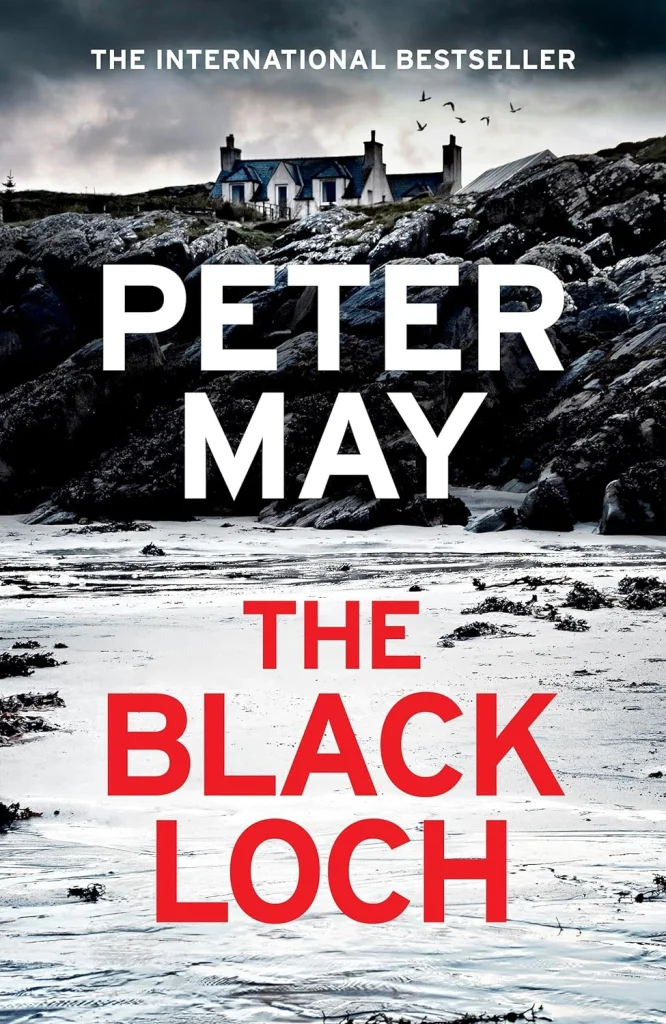



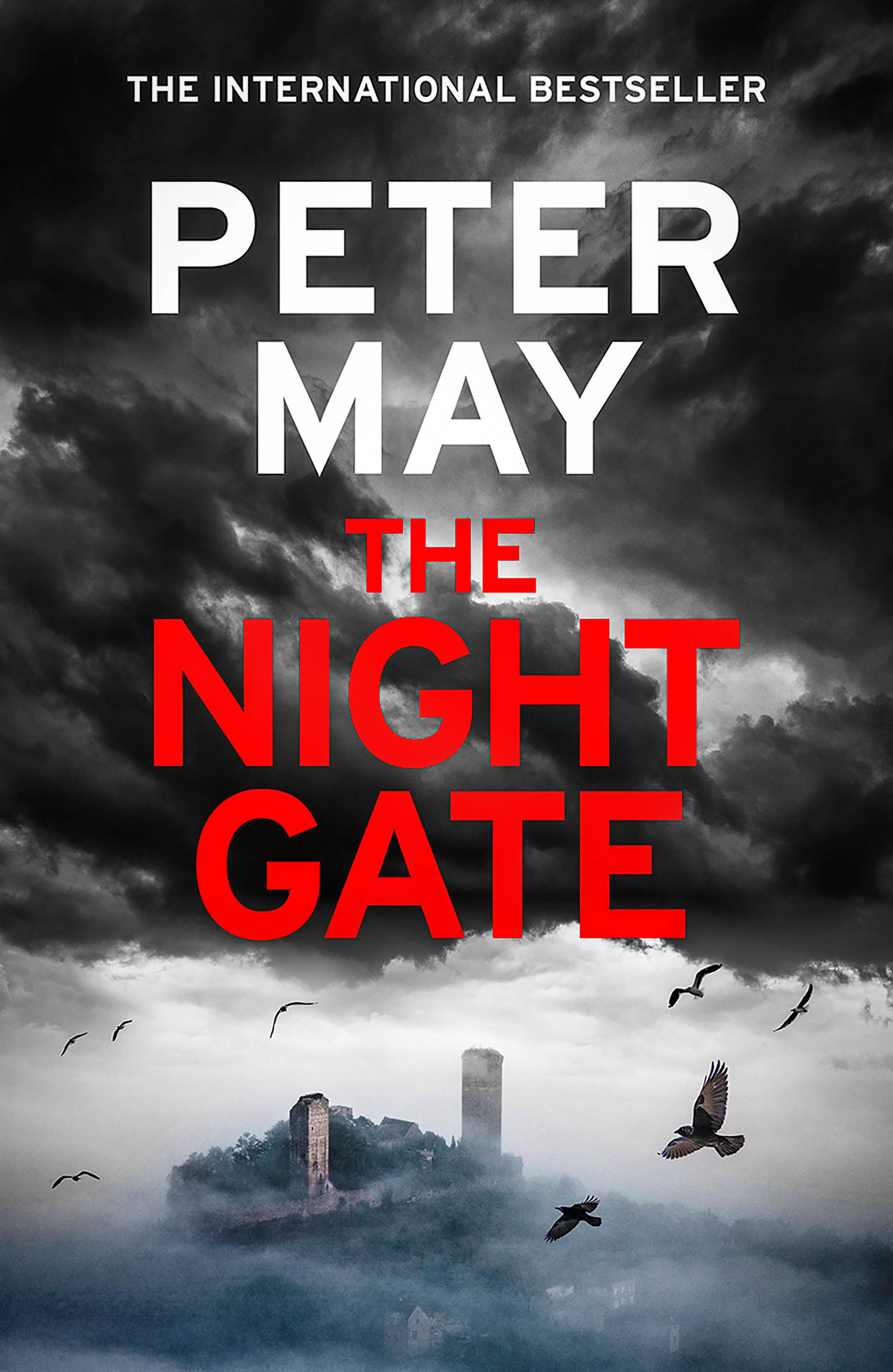
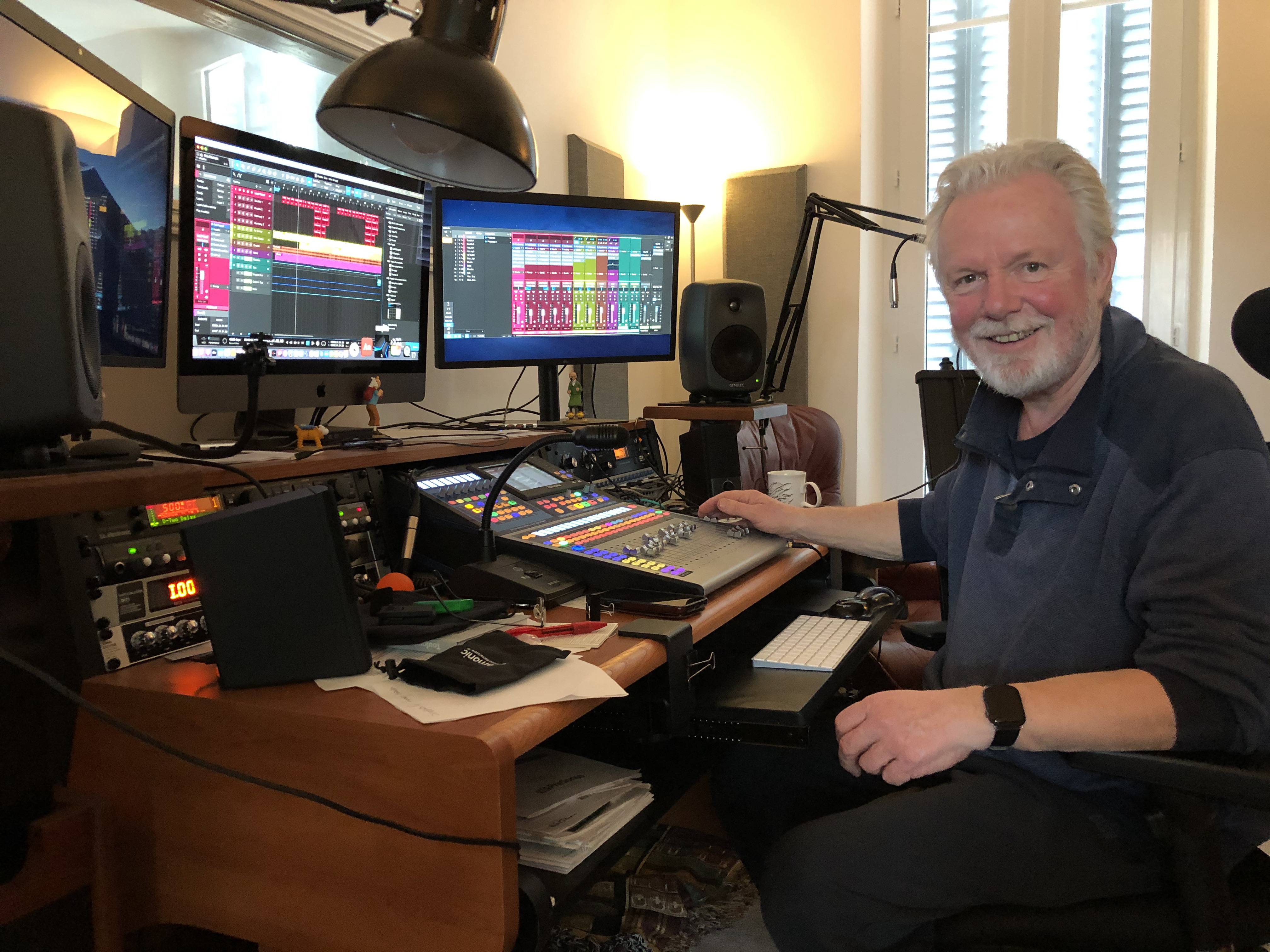


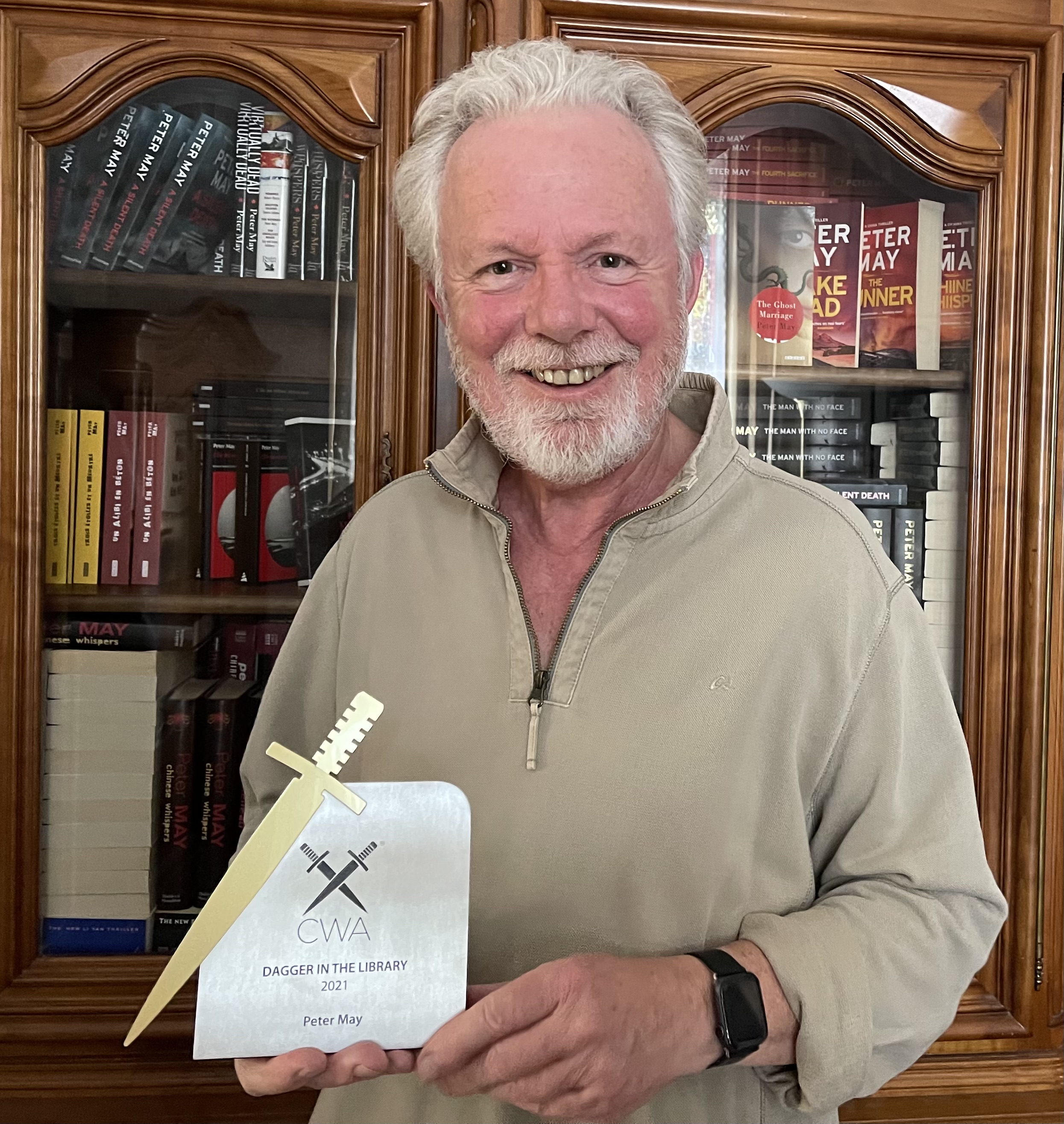

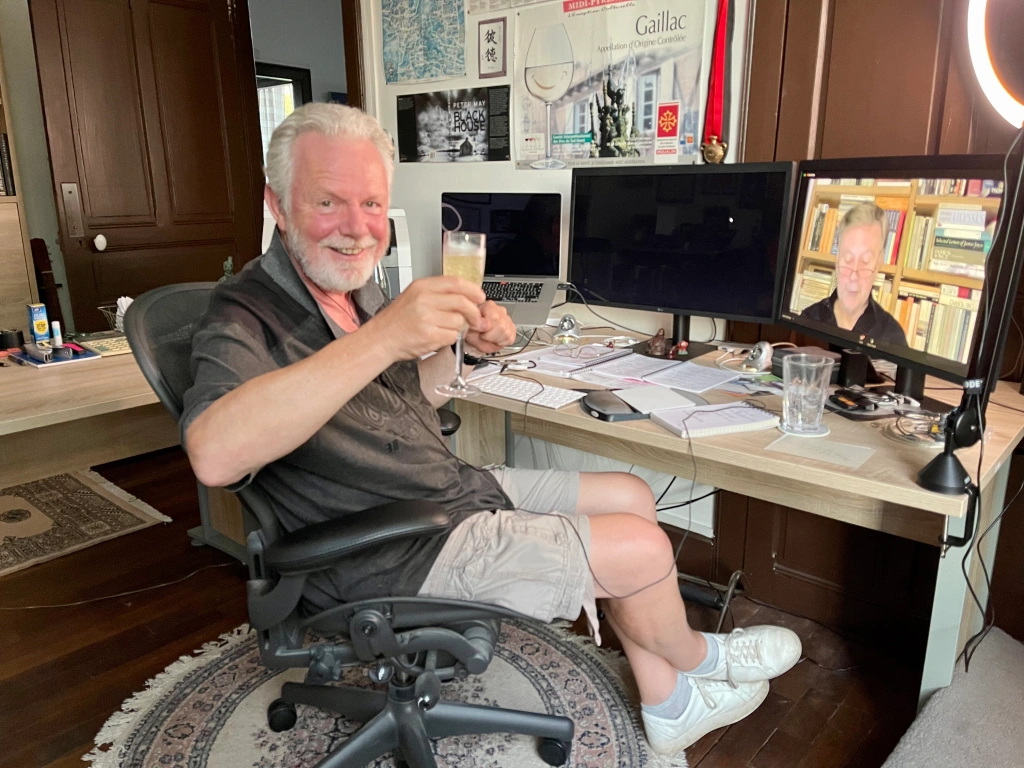





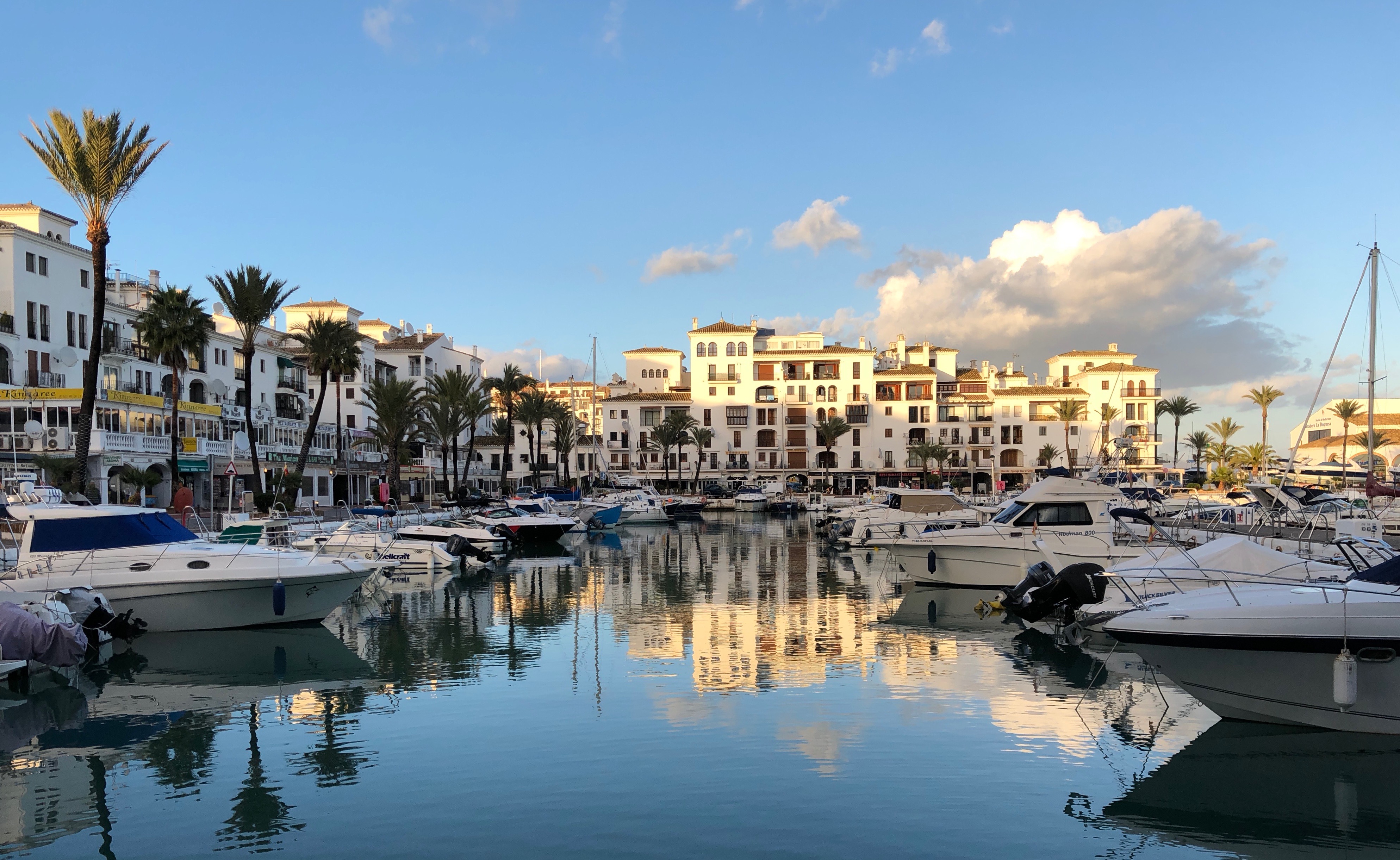



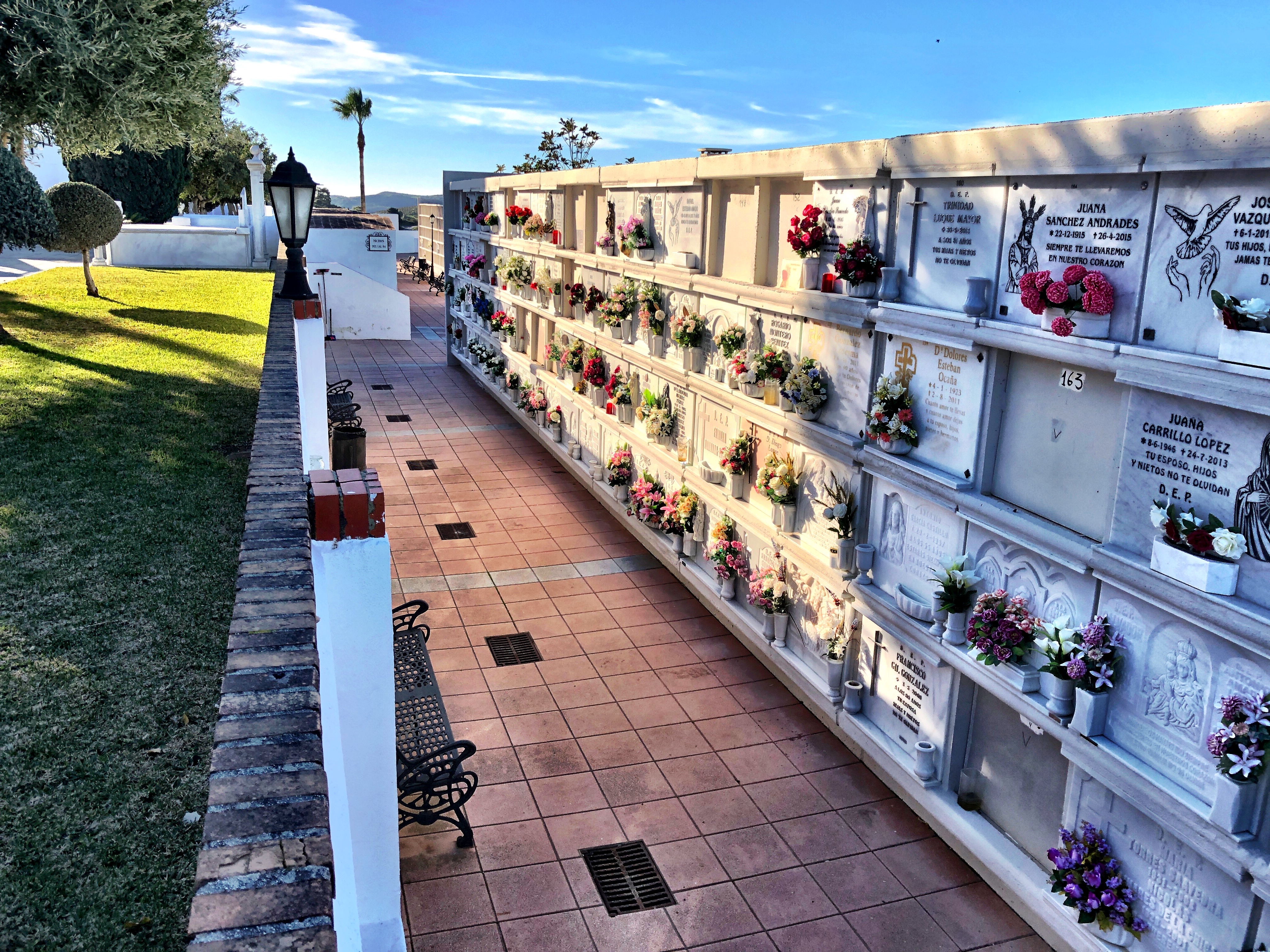
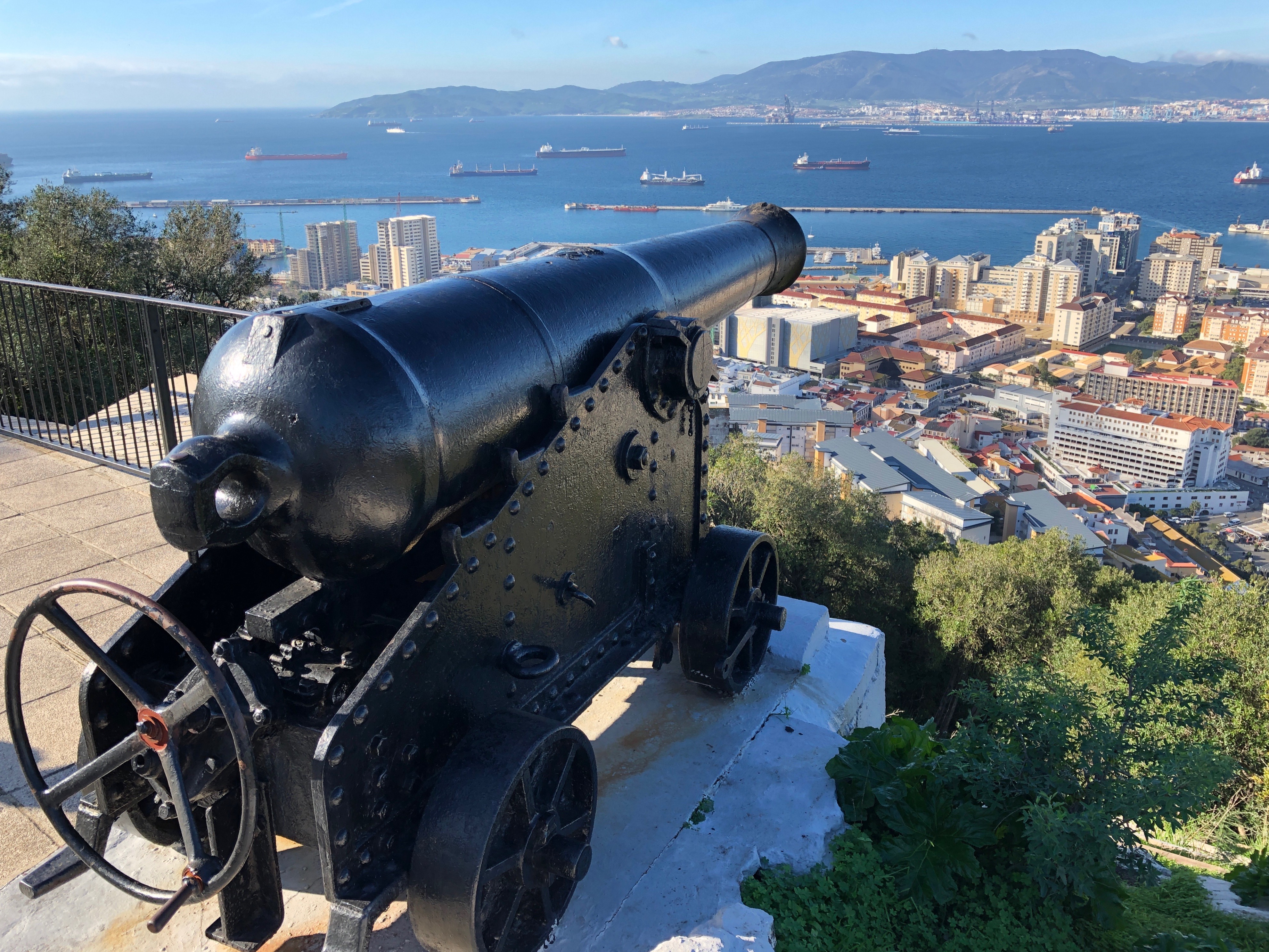
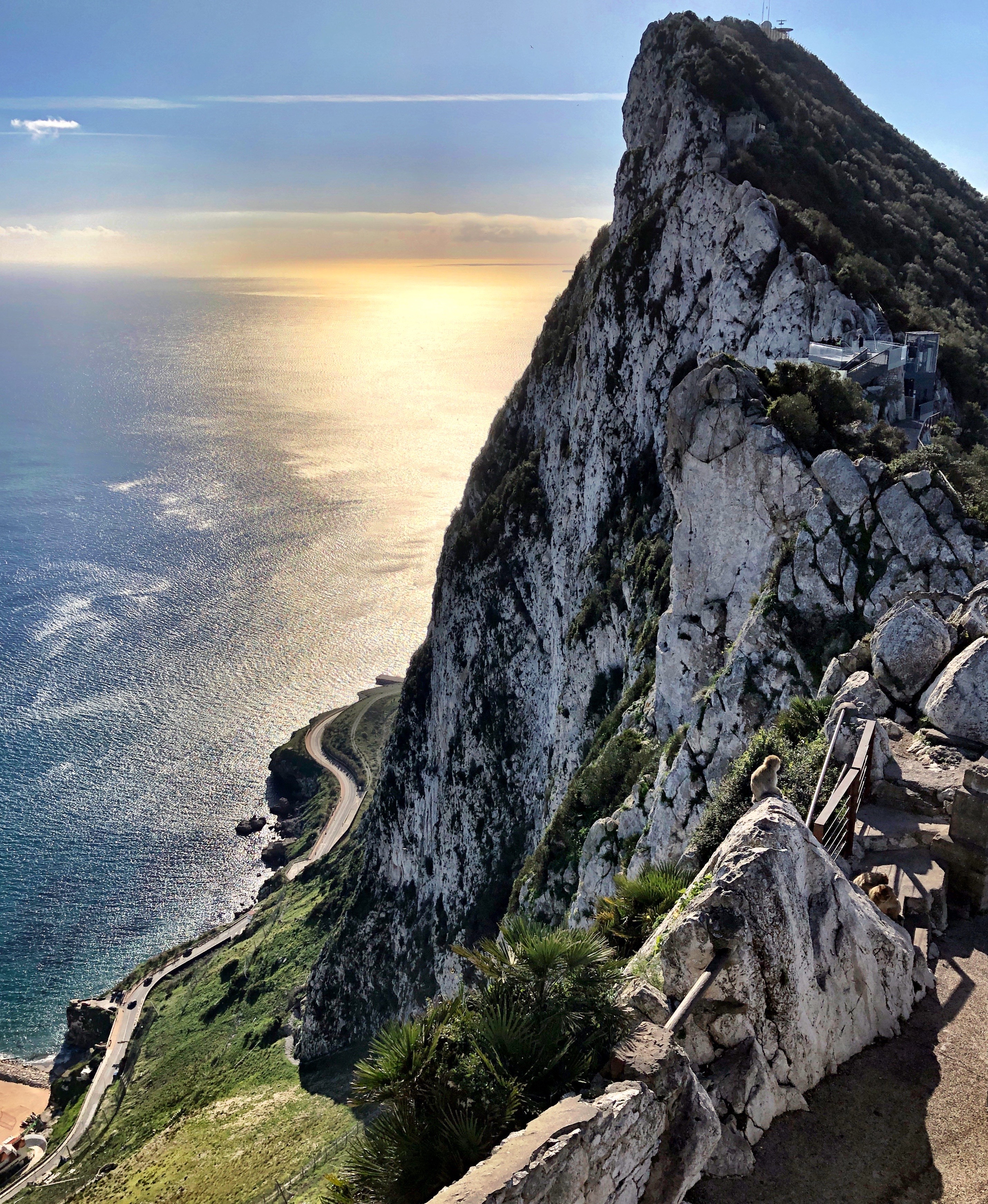


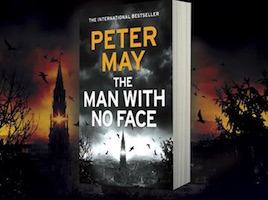


 A few months ago I came across a
A few months ago I came across a 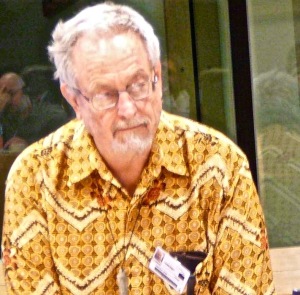 It is with great sadness that I write, belatedly, in tribute to my friend and adviser on all things scientific, Professor Joe Cummins, who died just over two years ago after a lengthy battle with cancer.
It is with great sadness that I write, belatedly, in tribute to my friend and adviser on all things scientific, Professor Joe Cummins, who died just over two years ago after a lengthy battle with cancer.



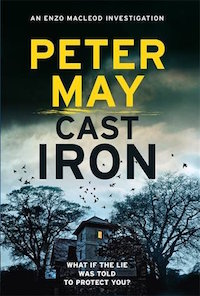





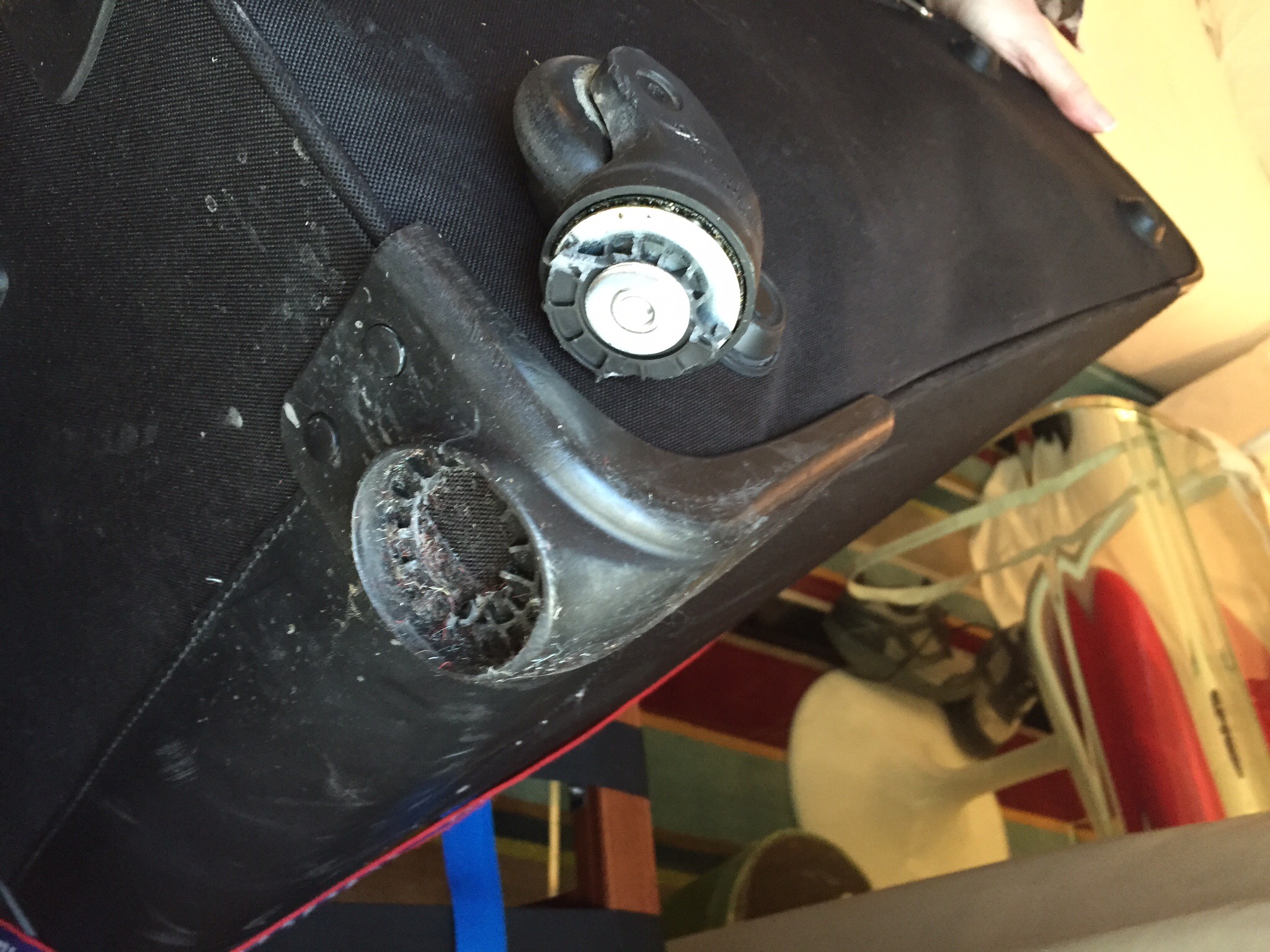

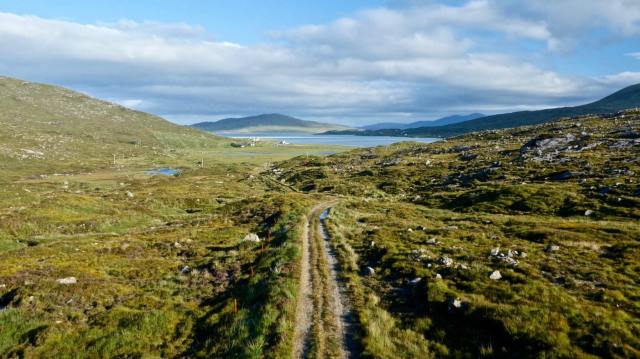
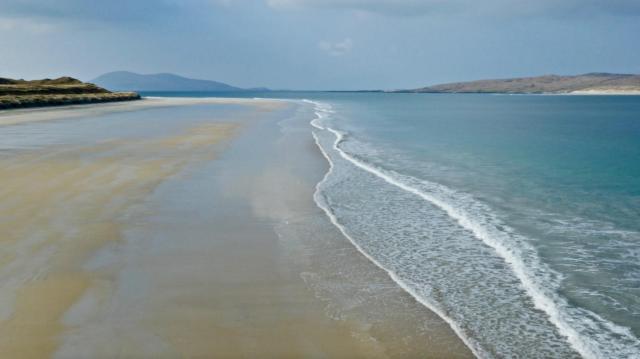

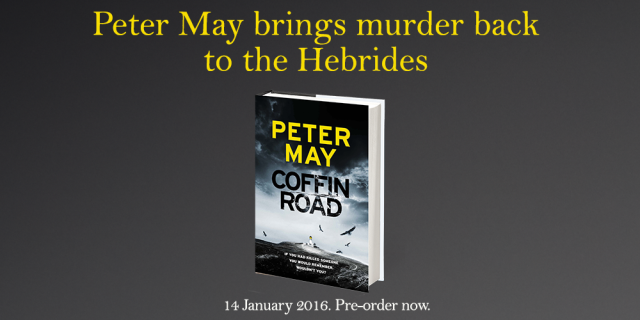
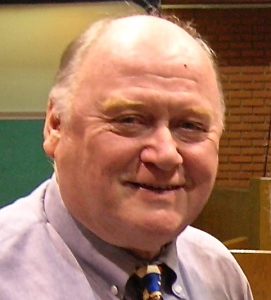





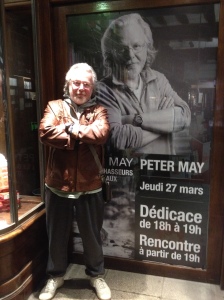






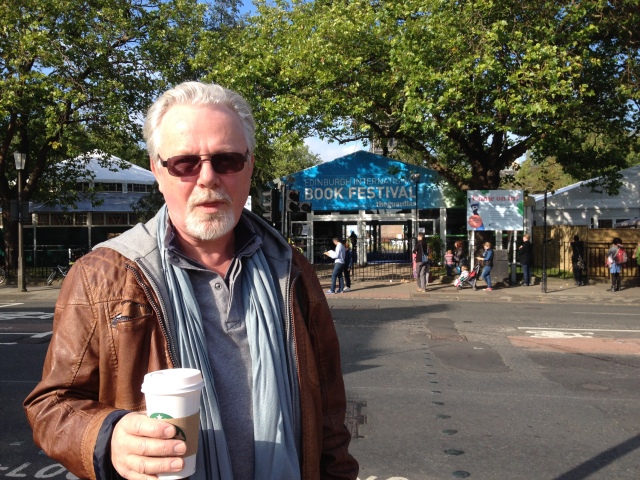


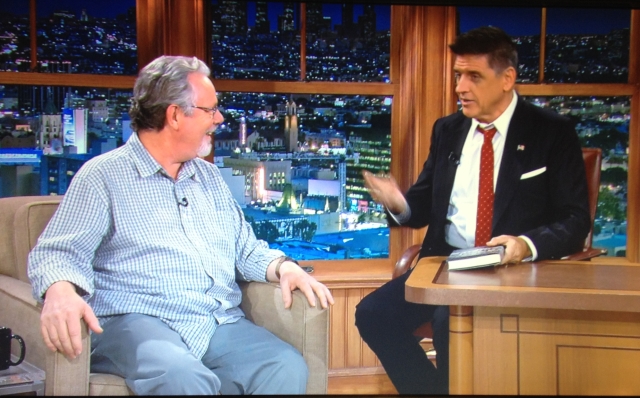





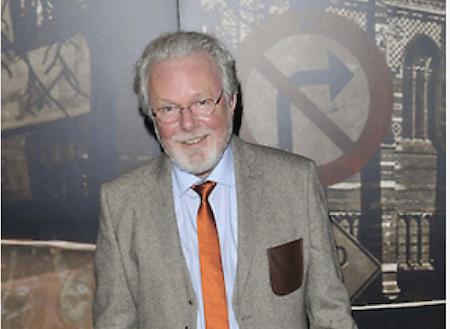

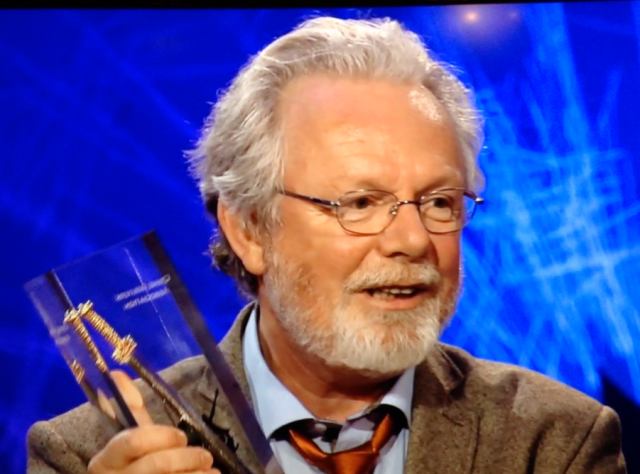


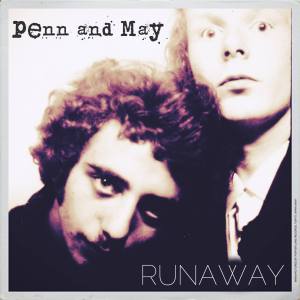


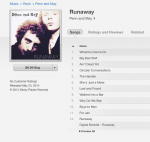






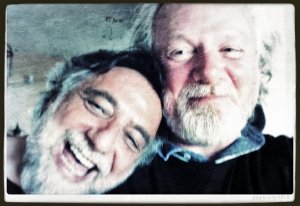

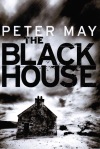
![ENTRY-30[1]](https://maypeter.files.wordpress.com/2013/12/entry-301.jpeg?w=195)






